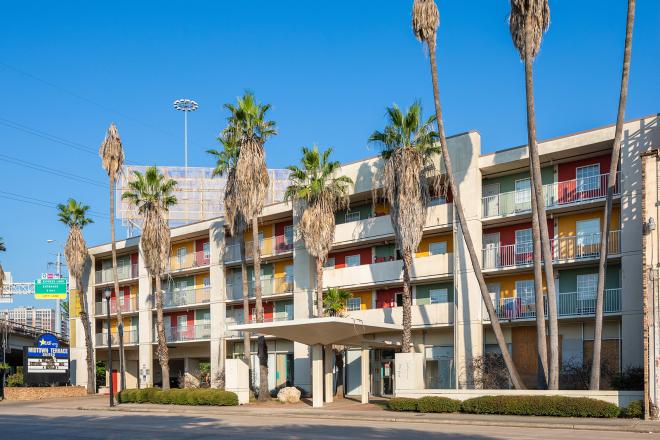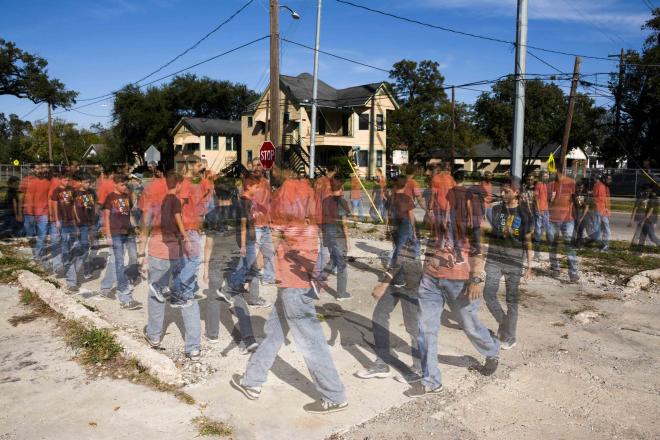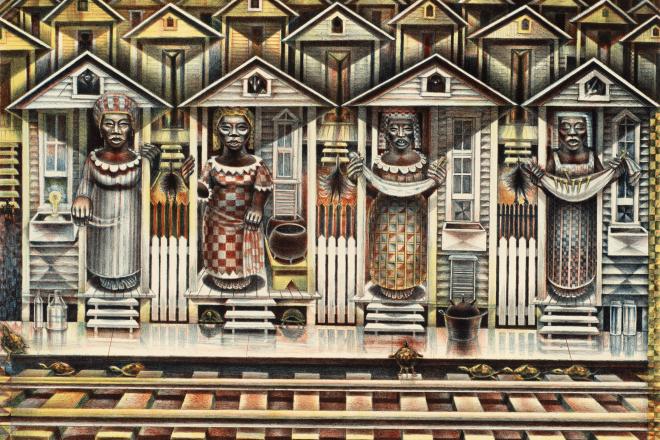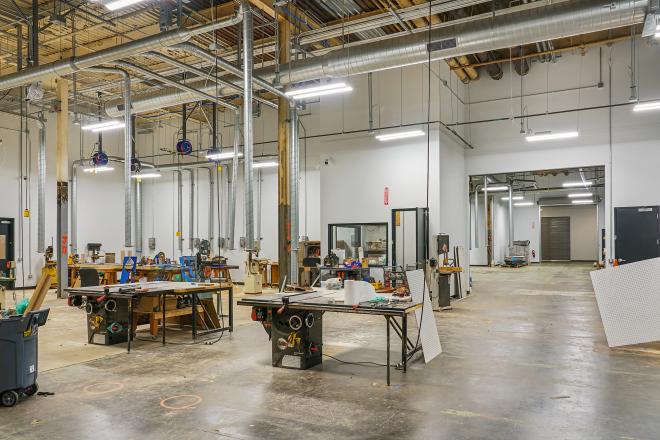"Austin had naively existed in my mind as an antidote to the overstuffed burrito-ness of America," says the unnamed narrator of David Heymann’s new book of fiction, My Beautiful City Austin (John Hardy Publishing, 2014). The narrator is a residential architect who fails again and again to dissuade his clients from building 8,000-square-foot Italian villas. He participates in the erasure of the landscape he loves.
The long lament is beautifully balanced by lyricism and humor. Many of the scenes take place in lakes, creeks, and swimming holes. I felt like I was right there in an inner tube, a floating cooler within arm's reach. I read the book in one sitting.
Early on, the narrator explains that he came out of school in the mid-1980s and you get a sense of the impact the dismal economy had on his psyche: “When you start in architecture, especially when you first start studying architecture, it’s all high-mindedness, a hangover from the Frank Lloyd Wright Fountainhead idea of architects actually having a say in the way the world becomes. But Wright could behave the way he did, telling people how to live, because he had work, and everything in architecture, all authority and identity, stems from having work.”
My Beautiful City Austin is more a series of connected short stories than a novel, but I often had to check myself from reading it as a memoir or a book of essays akin to J. B. Jackson's A Sense of Place, A Sense of Time. There’s something productive about this “mistake." Heymann has created a hybrid form that affords him the flexibility to explore contradictions and amplify his insights. Plot, dialogue, and characterization help render Austin with a depth that could not be achieved another way. Through the fictional narrator, you see the contradictory desires of Austin's new high-tech entrepreneurs play out against the older social orders, existing built environment, materials, labor, legal frameworks, flora, fauna, and the land itself. One chapter culminates in a scene in which the narrator argues with an interior decorator in a gadget-loaded, "Shaker-inspired" bedroom, all while smeared with armadillo poop.
The narrator, like Heymann, grew up in Houston and our city asserts its swampy presence every now and then, a necessary opposition to Austin. In the second chapter, young people float on inner tubes in a natural pool, gloating about how great their city is. The narrator’s client drifts nearby. It turns out both are from Houston, which leads to this reflection:
Houston is a strange city in which to grow up. No one should live there. The relentless torpor — the heat, the humidity — starts rotting everything before it’s even finished being built. No one expects anything to last — I think even pets die prematurely — so there is no real sense of a lost past. The city is constantly metastasizing unchecked and un-zoned. For years the only limit was something like you couldn’t open a porno shop within 500 feet of a school or church. That said, it’s still dull. When you talk to people in Houston, the conversation is always about waiting for their lives to happen.
The client and the narrator then talk about their mutual desire to live in Austin. She says, “What I like here is you can do what you want.” The narrator’s unspoken response is, “On the surface that made sense, but later on it struck me as wrong. Houston was where you could do what you wanted.”
Lisa Gray's recent column is about the book and Heymann, who told her, "Houston and Dallas want to grow up. Austin doesn't want to." I would argue that the circumstances of Houston and Austin, and their residential architects' predicaments, are more alike than they are different. The last chapter dangles the possibility of one success story for the architect. His clients are academics with a lot in Hyde Park. The story reminded me of what is happening in the Houston Heights. That said, Austin's paradox is in a different category from Houston's. The new wealth in Austin is drawn to the beautiful landscape and charming scale of the city that they then undermine. Houston has long been brazen and big, its economic foundation tied to extracting wealth from the land not in attracting those who wish to recreate in a picturesque landscape. We are only now getting around to celebrating the prairie while destroying it.
I do recommend My Beautiful City Austin. Heymann's critical view of architects and architecture is delivered not only with humor and lyricism but with grace and generosity. The book would make a great gift for anyone who is an architect, thinking of becoming one, considering hiring one, or recovering from having done so.
Unlike the narrator, Heymann has had several noteworthy clients and projects, including a house on the 2011 RDA architecture tour that channels rainwater into a waterfall and George W. Bush’s environmentally friendly ranch in Crawford. He is the Harwell Hamilton Harris Regents Professor in Architecture at the University of Texas. You can read his review of the Asia Society Texas Center here and his essay for Places, "Landscape is Our Sex."











